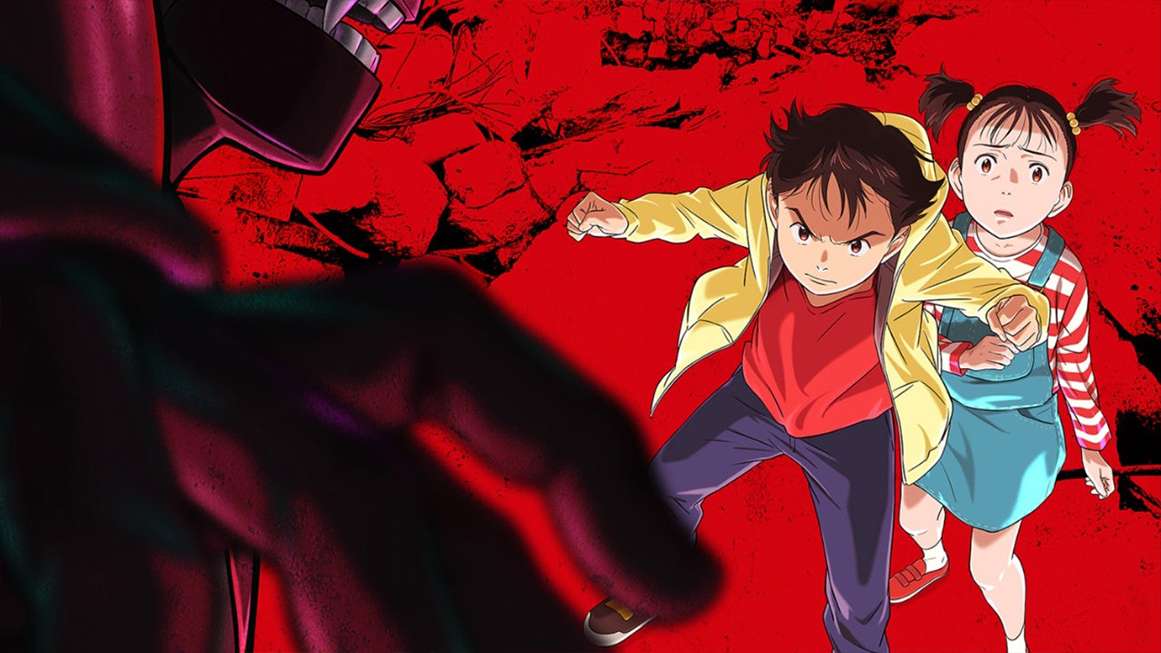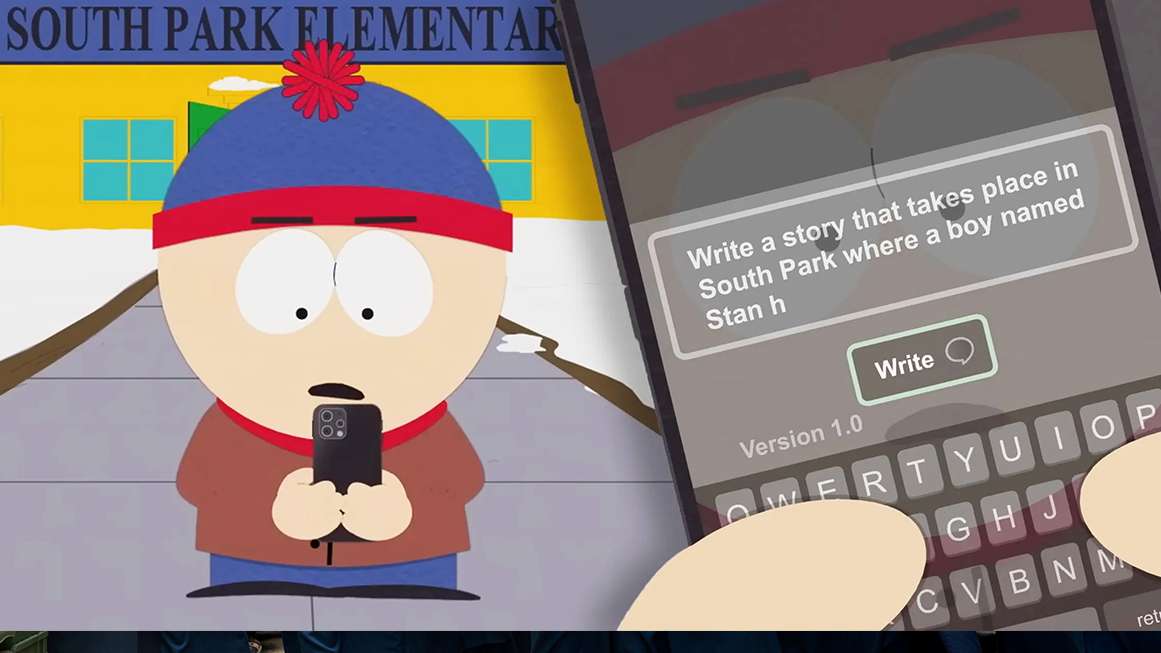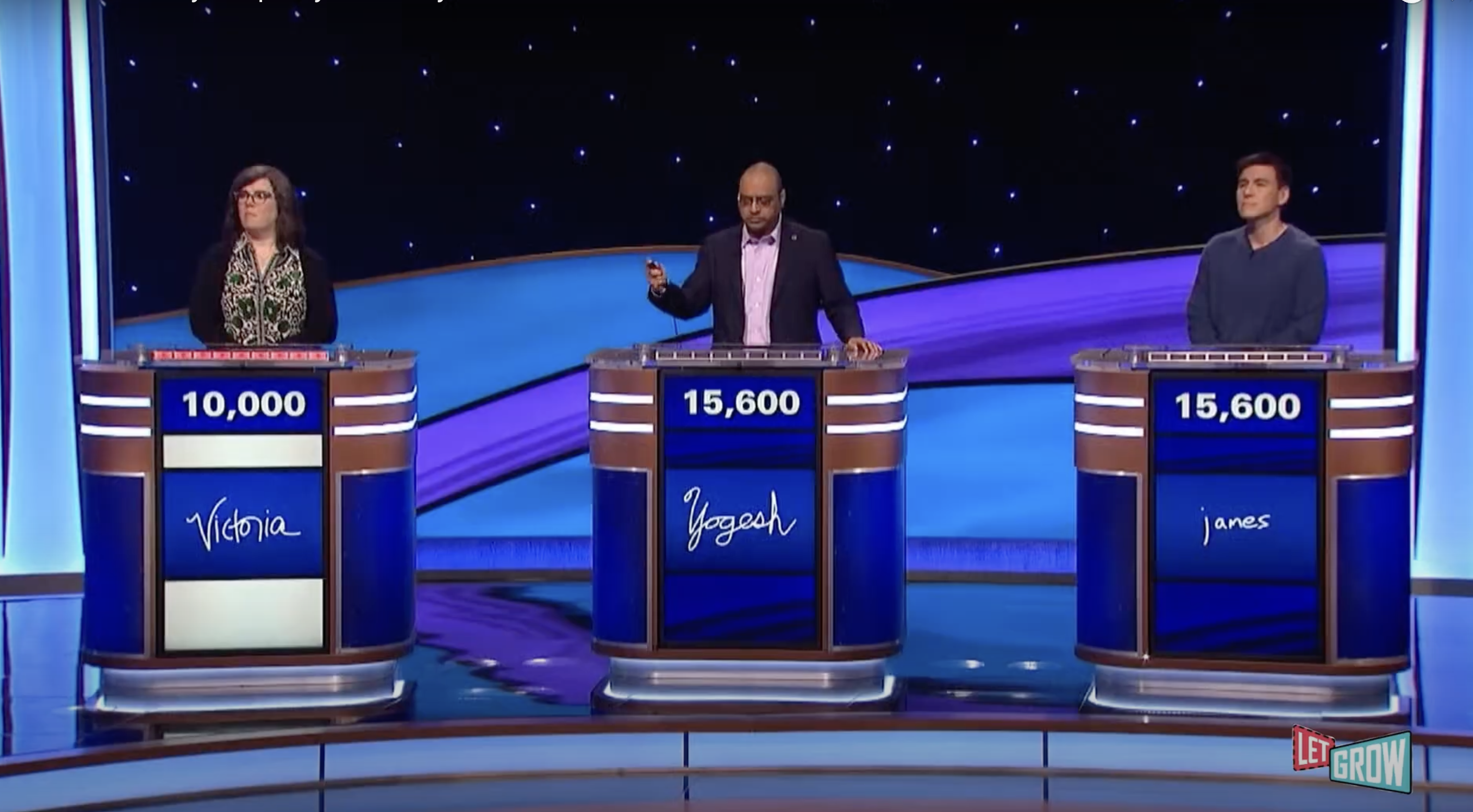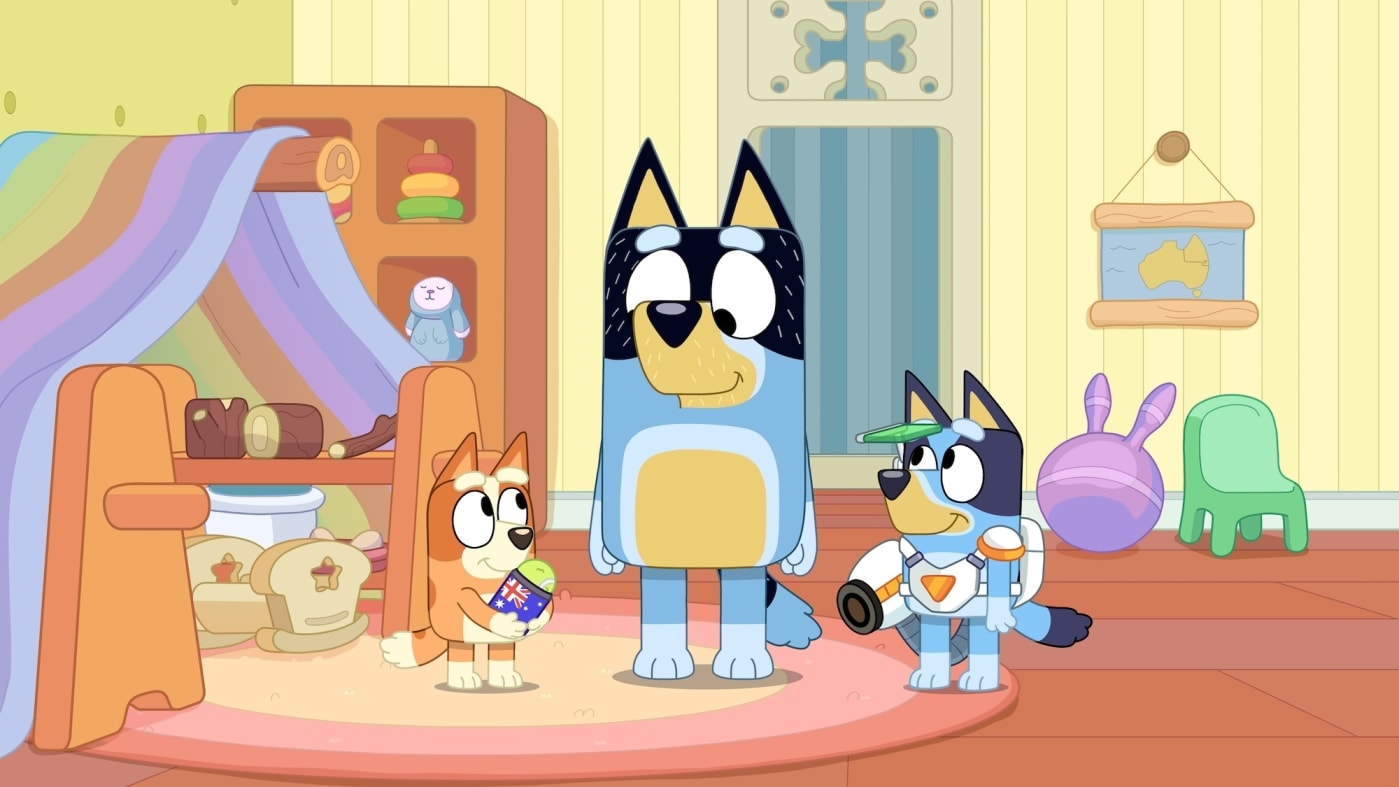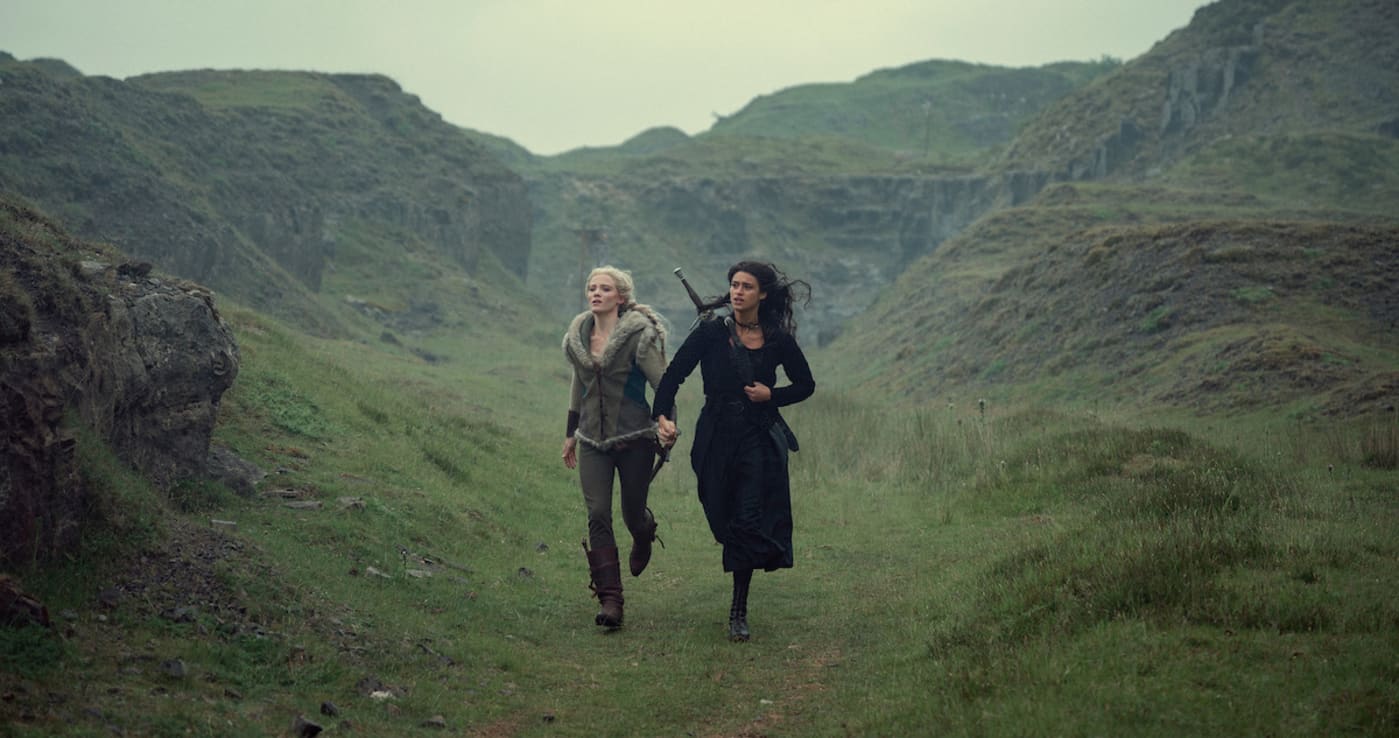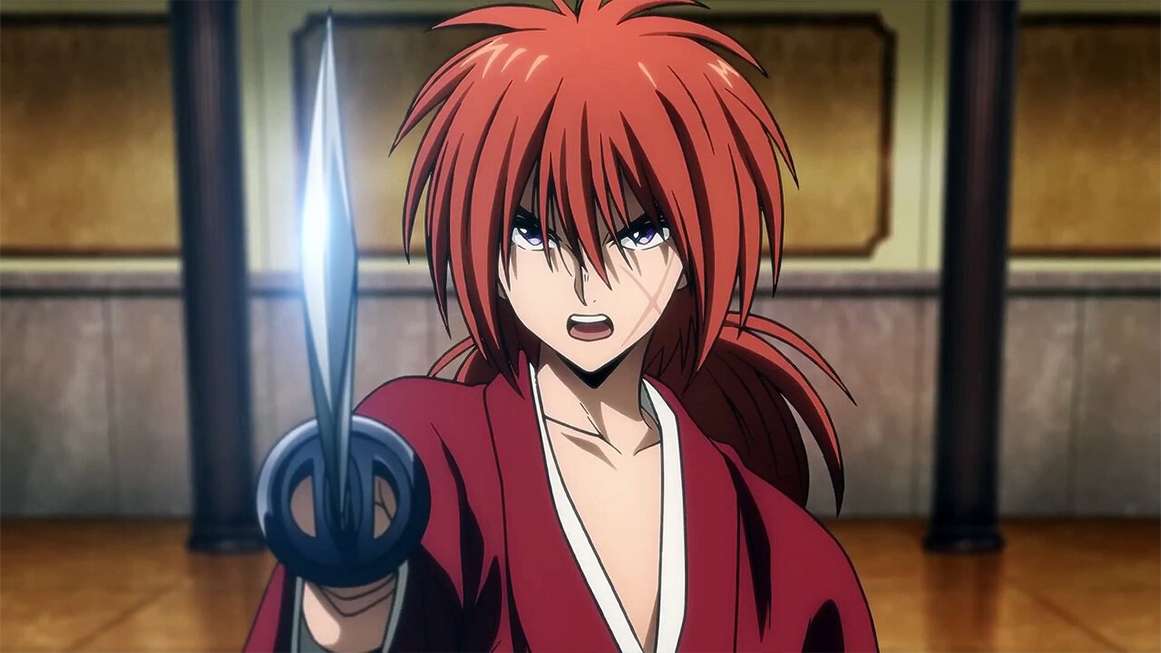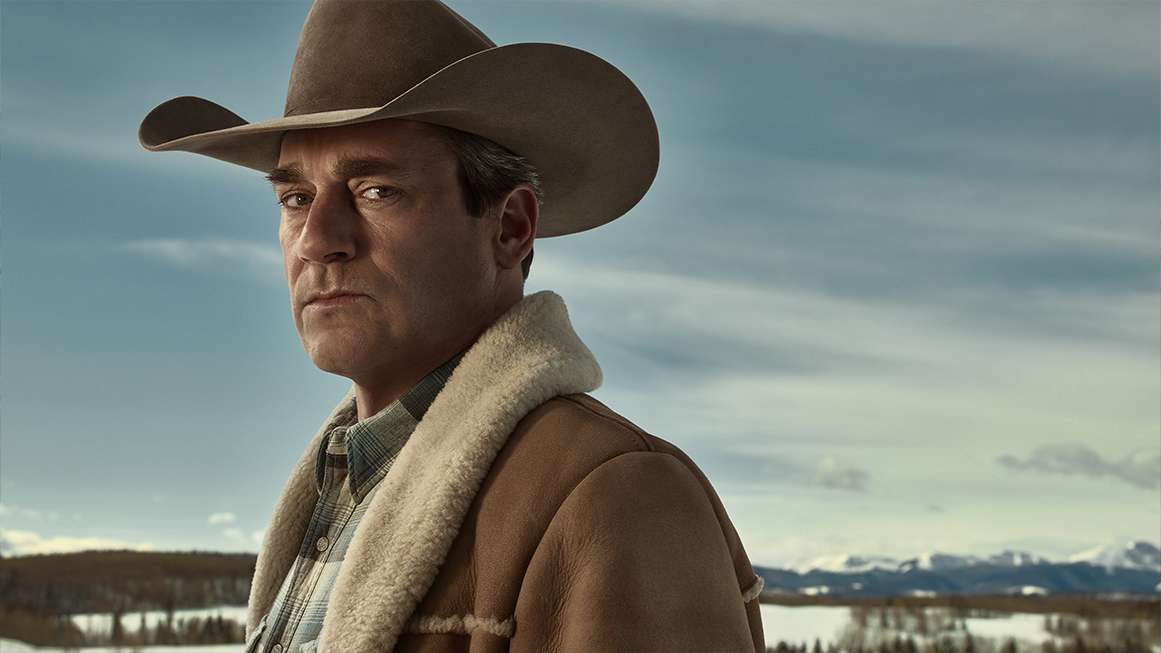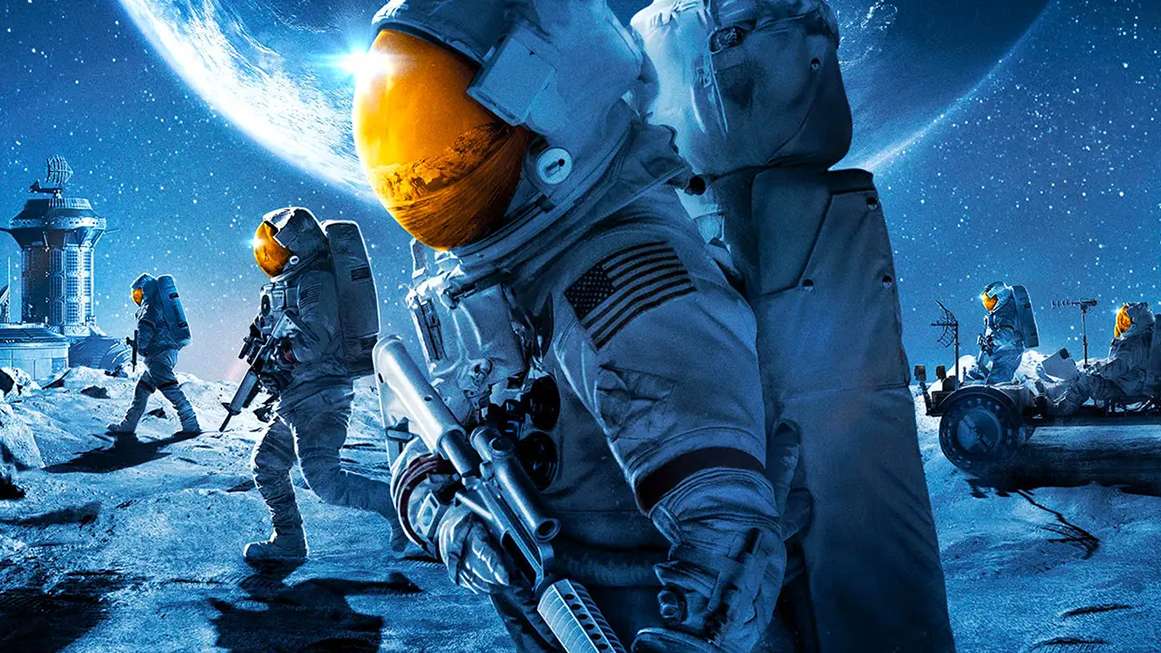The State of Streaming Channels at Our House in 2024
In our house I am the master of channels. I am the one who unsubscribes from services we’re not watching, re-subscribes to services when there is something for us, and makes sure we don’t get signed up until a show we’re interested in has a full season available.
A mere four years ago we were at a point that felt almost like a renaissance of streaming content… we were all stuck inside and in need of something to do and streaming channels were there to deliver. And then we got a vaccine, decided the pandemic was over, and realized that maybe we didn’t need a subscription to 17 different streaming services.
Meanwhile, all the players who got into the streaming service game, having been lulled by the seemingly effortless success of Netflix, found themselves in a bit of a bind as they found this was not a cheap and easy path to riches even as people began trimming back on their subscription count. This led to the need to raise prices, which drove even more people to dump their offering.
Still, the strong will prevail and, after some closures and a series of mergers… there are still probably too damn many channels. More than we can afford to subscribe to continuously, so this is where we are at.
After more of four years of peaks and valleys and industry strife, these are the channels we end up watching.
The Long Haul Keepers
These are the services which we remain subscribed to pretty much always. They have, on some level, a reason or a proven value to keep them around.
- Netflix
This is the one service we subscribe to continuously and watch most regularly, and it is largely because they throw more content at us than any two or three other services combined. Sure, a lot of it is garbage, and most of it isn’t for us, but every Friday night they have a selection of content added to their service to choose from.
Add in that they drop a full season at a time so you can binge to your heart’s content and that they have probably one of the best apps by most measures, and you can see why I never bother to put Netflix on the bench.
Finally, their app works. It is fast, responsive, comprehensible, and doesn’t assume I can read the tiny title card from across the room. It also skips the “previously” section if I just watched the previous episode and lets me skip the beginning and end credits successfully.
That said, they just announced that they are cancelling my $12 a month plan and enrolling me in a $7 a month plan with ads. Netflix promises it will just be a couple of ads at the beginning of some programming, but we’ll have to see how it goes. The other alternative is $18 a month for no ads, and then we’re getting into the “you need to prove your value every month” zone of streaming services.
- Amazon Prime Video
I think it is just called Prime Video honestly, but I always put “Amazon” in there to remind myself that this is part of our Amazon Prime subscription, which is something we keep even when we’re not watching any of their shows.
So, technically, it is the other service we subscribe to continuously, but if my annual Prime member ship was just for it, I would cancel it in a heartbeat. But I get other benefits from my Prime membership that make it worthwhile, so technically we subscribe to Prime Video.
The problem is that while they occasionally pull off something good… the recent Fallout series is a “prime” example… there otherwise isn’t a lot of new content there, and much of what is new isn’t very good. If you missed some straight-to-video bad science fiction film, Prime is apparently where they all end up.
It is also very much in the business of bait and switch, where they will get a series from another service like Starz or MGM+ and show you a season… or, in one case, the first season MINUS the final episode… the prompt you to subscribe to that service… through them, of course, so they get a cut… which does not make me happy. I have gone off and subscribed due to this at times, though I always go directly to that service, like Starz, and contract with them direction so Prime does not get a cut.
This is, in part, out of spite, but also because the Prime Video app isn’t great. It is not the worst, but it is at best mid-pack. It is slow, it can be hard to see, browsing for shows is not great, and it is really hit and miss about whether it will let you skip the “previously” or opening credits and just hates when you try to skip the end credits to start another show. This is likely, in part, to them just showing a lot of content from other services, which they put the minimal effort into adapting to their app.
Finally, despite paying for access to Prime, if I don’t want to get ads during shows, I have to pay extra. This, as you might expect, irks me and I will not pay their ransom. The only upside to this is that they don’t show ads on all content, though amusingly some content an ad comes up to tell you the video will be ad free thanks to a specific sponsor, for who an ad then plays.
TL:DR – Not great, but comes with a package I never cancel.
- Apple TV+
Apple is in an interesting niche in that it is just cheap enough and the content is high enough quality that I don’t rush to cancel our subscription. There isn’t a lot of new content, and they are still wed to the “let’s stretch out people’s subscription time by showing one episode a week because maybe, this time, we’ll have the next Game of Thrones and everybody will need a full week to discuss the show” routine, which I find irksome.
Our house rule is we don’t start watching anything until it is six episodes in.
The app is also not the best. When you have something selected on scree it makes that item about 5% larger than it was when not selected, so I often have to move the selection a couple of times to see what has focus on screen. It is a pain in the ass to just go watch the next episode if you stopped at the start of the credits last time you watched a series. It wants to resume from exactly where you left off unless you fish around in the app to fine the page for the full series that has the episode list.
But the app does at least run pretty well for us. I will give it that.
And, like I said, there isn’t a ton of new content. It is the Anti-Netflix, which just throws a constant stream of new content at you. So we spend a lot more time watching Netflix because we’ll take a chance on an episode or two of something new or watch some potentially bad movie on a Friday night because the commitment feels low and there are many other options if we bail.
- KQED Television
I almost forgot about this. I give public television a regular monthly payment which gives me access to their regular lineup of shows and whatever they import from the UK via Masterpiece Theater. We used to have half a dozen public television channels in the SF Bay area that each had their own varied content. They all got scooped up by KQED in San Francisco over the years. We almost never watch this these days, unless I want to go back and re-visit one of the Ken Burns documentaries, but technically we’re continuously subscribed. At least when you stream you are not interrupted by pledge drives every few months.
- Xfinity Stream
Also, I should mention this because, due to the fact that Comcast is our only internet provider option and that they make sure that internet bundles are cheaper if you include cable TV, we still have cable TV at our house. But on the rare occasion when we want to watch it, we watch it using the app on our Roku Stick. And, live TV with ads… this is how animals watch TV, right? Just sitting there and being force to watch whatever is “on” at that very moment? How did we survive this?
The Frequent Recurring Subscriptions
These are the services that we are often subscribed to, but which get turned off now and then when we run out of content.
- Disney+
I will echo what I have heard many other say, which is if I still had pre-teen children in the house, I would never unsubscribe from Disney+. It is also the one stop shop for all things Star Wars and the MCU and the entire 35 year life of The Simpsons.
But our daughter is now a college graduate and my nostalgia for the Disney catalog and the other properties they own isn’t all that strong. So we’re willing to unsub from this one when we’re done with whatever the latest Star Wars series is. And, because Disney+ is still locked into the “one episode a week” ploy to get people to string out their subscription for an extra month or two, we don’t subscribe until a season is set.
The app itself is pretty good. It does group up content well enough and is responsive and doesn’t crash on our Roku stick.
- Hulu
Some very decent original content. Will subscribe when a new season of something is out. They do adhere to the “one episode a week” thing, so I wait until seasons are complete. They do also get Fox and FX stuff, and at one point I watched literally all of the available episodes of Bob’s Burgers while also watching all available episodes of Archer, both of which feature H. Jon Benjamin voicing the lead role, which was quite a trip.
The app is okay, though it isn’t well organized. They like to put the “continue watching” piece of the UI way down the main page and prefer to promote their new stuff, so you really have to bookmark the things you like and go to your personal page to get what you want out of the app.
- Starz
One of the relics of the premium cable channel era, somewhere down the list from HBO and Showtime, its once niche with us is the period piece dramas like The White Queen, The Spanish Princess, and The Serpent Queen get us to subscribe for a while. They also feature a lot of movies, but everybody has a lot of movies and they are almost never the ones I am in the mood for at any given moment, so somehow that rarely works out.
- Paramount+
We originally came here to watch Yellowstone then found that this is where all of the Star Trek content lives as well as having a cross programming agreement with Showtime, so there is kind of a lot here. However, we can get a bit burnt out on it as well. We’ll watch a few seasons of this or that then stop watching for a while, at which point I will turn off the subscription. But we do return.
- AMC+
This is the channel for all things Walking Dead, which my wife is still into because of the soap opera-like drama. As I noted previously, after a season or two of zombies, people really became the main enemy, while zombies would only show up when the plot demanded. Decent channel, not too expensive, and AMC has quite a bit of original content. When something pops up we’ll subscribe for a while.
The At Need Only Channels
These are the services that we only subscribe to for very specific reasons, then cancel ones we’re done.
- Max
You would think they would be better at this whole streaming things, having been in on that business since the HBO Go app, their first cut at streaming, launched back in 2010. Then again, the whole thing hasn’t been the same since the end of Game of Thrones.
The old HBO business model was to get people subscribed based on a few prestige series and maybe first access to films that had recently left the theaters, which worked well enough in the age of cable TV and the early days of streaming. Now films don’t see to be the draw they once were, there are a ton of competitors, and they haven’t quite hit another big winner.
I mean, they can get a show like Succession that gets a lot of awards, but I think Netflix puts out a show about once a month that gets as many or more viewers, and a hit on Netflix will get 5-10x the viewers.
And at one time we would stay subscribed to HBO for years at a stretch. Now, however, with the consolidation under the Max brand and the removal of back seasons of some shows, and other shows entirely, and their lack of anything really new and good… we went back last to watch season 4 of True Detective and it was okay, but I cancelled the service once we were done
- Peacock
This was an okay service the first few times we have subscribed, and they did a credible job with the Olympics recently. I mean, I cannot blame them directly for NBC cutting away from the opening ceremonies to watch the US team standing around waiting to get on their boat. I know the French are… uniquely French I guess… but they’re still more interesting that Snoop Dogg trying to engage random strangers in conversation or Kelly Clarkson repeating “Oooh, look at that” over and over. And past that, if you wanted to watch very specific competitions, they let you. So maybe the most accessible Olympics when it came to video.
But beyond the Olympics it has been degrading as a service. They are going hard on ad revenue with a cheap subscription. The problem is that I am fully willing to buy the more expensive ad free option, but they now show you the version of the content that has been cut up for ad injection… without the ads. What this means is that every so often the show pauses for nearly a full second while the server apparently has to decided on the fly whether or not an ad gets played or not, then moves on when the result comes back negative.
That doesn’t sound bad, until you learn just how many ads Peacock thinks they should inject into 30 minutes of television. It quickly becomes annoying out of all proportion to the actual duration of the interruption. It isn’t completely unwatchable, but it just pulls me out of the show and makes my brain think, “Oh, here is another place where they would have put an add had I not given then an extra $8 for a month of service.”
Also, “ad free” did not apply to Olympic coverage, and I am still salty about that.
The Odd Outsiders
Services we have tried once and haven’t really felt the need to return to.
- Acorn & Britbox
I am lumping these two together because they share the same problem, which is the US view of British television after having been raised on US public television cherry picking the very best and putting it on in front of us via Masterpiece Theater. We think everything produced in the UK is sophisticated and urbane, performed by actors who are veterans of the Royal Shakespeare Company, with performances delivered in that very specific BBC news reader accent, written by over educated graduates of Cambridge and Oxford, which holds a mirror up to life while making historical and literary references that mean we have to keep Wikipedia to hand in order to keep up.
Some of us grew up on a diet of things like I, Claudius and House of Cards and Monty Python and it skewed our perception.
So a pair of channels filled to the brim with British television content seems like heaven.
The problem is that Upstairs, Downstairs or Downton Abby are not the prototypical British programming, the pinnacle to which the island strives; Benny Hill is. And even that is a huge cut above the average. There are a lot of simply unwatchable, predictable, crap shows on Acorn and Britbox.
Finding that for every Prime Suspect there are a dozen dreadful police procedurals out there, often hampered for US audiences with incomprehensible UK regional accents and slang, is enough to burst the myth of British television superiority. You’re just as bad as us at this TV thing and it is a miracle when you can build a season of television on even three hours of actual content. At least in the US when we crank out mediocre content, we get 8, 10, 16, even 22 episodes out the door.
I’ll go back to letting US public television cherry picking for me, thank you.
So yeah, we’ve been through both of these channels and found that the good stuff we’ve seen already elsewhere and the rest… is usually not the good stuff.
- MGM+
We subscribed to this because of a Prime Video bait and switch with the show Monsieur Spade. They had some content worth watching, but not enough to keep us subscribed and, lacking another screw job from Amazon, there isn’t anything there we’re dying to watch. I think all the Bond films are available there… but I also have them all on DVD so I am excused from every having to watch them because there are just right there, I could watch them any time I want.
- Tubi
Technically not a subscription service but a free ad supported venue, one of my nieces that works in Hollywood… I have two such nieces… was working as a producer here so we gave it a try. Oh man, ads suck, and injected ads suck at least 3x as much because if they don’t have enough ad buys, they will just show you the same damn ad two or three times back to back.
If the future is ad supported, they need to work on that. It is awful. Anyway, my niece has another job so I do not feel the need to engage with Tubi anymore.
Conclusions
We wished for a bright future of on demand entertainment where we could select and watch anything we wanted. But we wished on the monkey’s paw, and as the finger curled down, we were given a patchwork landscape of competing services, shifting content availability, and difficult UIs.
I think the biggest problem is just know what there is out there to watch. My least favorite thing these days is to sit down on the couch and have my wife ask, “So what should we watch?” This portends me using the remote to scroll through large sections of half a dozen services to find something that looks good.
This, btw, is why Netflix wins so often for us. They at least always have something new, something we’re willing to invest at least a bit of time into. And after about fifteen minutes of my wife vetoing this or that I’m ready to just put anything on so I can stop this futile quest for content.
Using the Roku for streaming helps, as it will search all channels and services for programming and find it. But you have to know what you are looking for. If you are doing the streaming equivalent of channel surfing on a Friday night there are just too many places to look.
I know we don’t want to go back to half a dozen channels where you watched what was on or nothing at all, but there was a simplicity to it and a limited scope where you could glance at the TV listings and just decide to read a book or go play a video game.
So what are you watching these days? Which channel scratches your itch? And is there any decent new science fiction shows out there? Is Orphan Black: Echoes any good? Might have to re-up AMC+ if it is.













